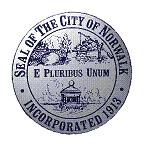Ten Innovative Economic Development Plans Due This Month in Hartford’s Strong Cities Challenge
/As one of three cities selected as part of a competitive process to participate in the Strong Cities Strong Communities (SC2) Initiative under the auspices of the Economic Development Administration of the U.S. Department of Commerce, Hartford has 10 teams of economic development innovators coming down the home stretch in developing and outlining their inventive economic development proposals.
The EDA-funded SC2 Hartford Challenge, launched 14 months ago, is in its final phase. Ten multidisciplinary teams of finalists are working on plans aimed at helping to establish Hartford as a “city for entrepreneurs.” The U.S. Economic Development Administration notes that the goal of the SC2 Hartford Challenge is to generate economic development plans that “both leverage local assets and compliment larger trends and opportunities.”
City and community leaders will judge the plans and choose six winners who will share $800,000 in prize money, with the top plan receiving $500,000. The City of Hartford and the EDA will jointly own the winning plans and be able to implement the ideas—both in Hartford and in other cities around the country. Plans are due this week, with six winners to be announced in May. Funds for the winning plans are provided by EDA.
The two other cities selected — Greensboro, N.C. and Las Vegas — opted to focus on a single project or hire a consulting firm. Hartford officials preferred to provide area residents with an opportunity to create locally-driven proposals and created an open competition, which initially saw 58 teams developing plans, which were then winnowed down to a top 10 last fall.
The most recent descriptions highlighting the teams’ respective economic development plans include:
Hartford.Health.Works (HHW) is an industry-led collaboration with the mission to increase the number of good quality jobs in Hartford by fostering healthcare technology development and manufacturing. To attract existing med tech companies and foster new companies, HHW is creating a FDA-approved, ISO-certified medical device prototyping and manufacturing plant in Hartford and implementing targeted programs to improve access to: A) expertise; B) capital; and C) markets. HHW is also developing biomedical engineering and precision manufacturing education and job training programs at the K-12, college, and graduate school levels. HHW founding partners include: Rising-Tide Health Care, BEACON, and Movia Robotics.
 Choose Hartford is a comprehensive initiative to scale up businesses that will create a sustainable regional economy with long-term growth prospects and jobs. The plan aims to increase access to innovative capital options along with an across-the-board effort to ensure collaboration of local, regional, state and federal partners to create the best entrepreneurial ecosystem in the country.
Choose Hartford is a comprehensive initiative to scale up businesses that will create a sustainable regional economy with long-term growth prospects and jobs. The plan aims to increase access to innovative capital options along with an across-the-board effort to ensure collaboration of local, regional, state and federal partners to create the best entrepreneurial ecosystem in the country.
It’s All Here is an asset based economic development model which will build wealth and raise incomes in all of Hartford’s neighborhoods. The team believes that self-employment and small business ownership is the best way to build a new future for all of the city’s residents. Lasting, sustainable economic development has to be built on the talents of city residents, giving access and visibility to new markets and service providers using an interactive website, a multi-lingual call center, physical market locations, and turnkey digital street signage.
Made in Hartford is an entrepreneurial ecosystem to empower Hartford’s community. With a culture of innovation, tradition of industrial adaptation, and healthy urban core, Hartford is ripe for attracting and retaining entrepreneurs. The plan recommends coordinated, strategic actions that will work in tandem with existing investments to provide a sustainable ecosystem for first-time and serial entrepreneurs. Central to this ecosystem is ‘Made-in-Hartford’, a seed accelerator that will cultivate industries and businesses through incubation, mentoring, equity-capital and partnerships. Made-in-Hartford targets Hartford’s established industry clusters and human capital to spark much-needed economic diversification, and at its maturity ancillary initiatives will incentivizing successful entrepreneurs to reinvest in this entrepreneurial ecosystem, bringing about an economic renaissance.
Team Fotofiction: For those of us in the business of innovation, our mantra is: Think outside the box. Unconventional success isn’t born with conventional thinking. Game-changing, outside-the-box ideas often emerge from the most unexpected places. Re-purposing shipping containers is innovative and cutting edge, yet not unproven. From Los Angeles to New Zealand, these containers are being used for a variety of new purposes. The FRATE concept: to create an urban community, where people will live, work, dine and shop in a dynamic, trend-setting environment constructed entirely of modified shipping containers. FRATE thinks inside the box. FRATE is that game changer.
Solutionists focuses on remediating the economic environment that qualified Hartford for the SC2 Challenge, viewing the task as developing a strategy that will result in increased employment opportunities for Hartford residents -- now, and in the future. The plan embraces Social Enterprise and Collective Impact strategies by creating an ecosystem of spirit, policy and financial incentives that encourage and support Social Entrepreneurs in their efforts to start and grow the types of businesses that will produce desired results for Hartford and the Region.
#lovehartford will implement low cost interventions that promote economic development, foster social interactions, and support changing transportation dynamics founded on the growing demand for affordable urban environments that support the sharing economy and reduce reliance on the private automobile. Short-term projects include the demonstration of open streets with pop-up markets and food trucks. Longer-term projects include a bike share system and support for other evolving transportation technology, like the driverless car. #lovehartford will offer micro-loans to grow small business, and will look to provide locations that include creative placemaking through murals, public art, and other cultural programming.
Also among the ten competitors are Entrepreneur Foundation, community bootstrapping through entrepreneurship; Made at Swift, a food-driven innovation cluster to create jobs and improve population health; and CJM Innovations, fostering an entrepreneurial ecosystem for students and young professionals.


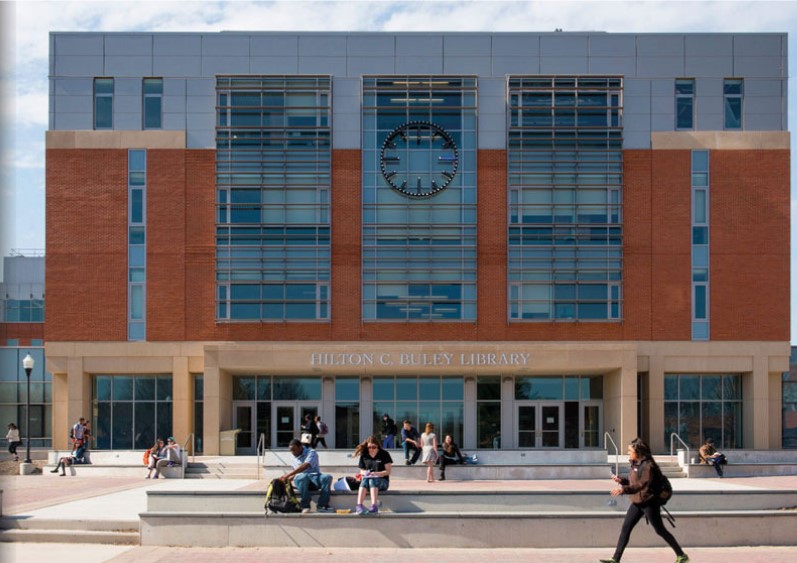 At Southern Connecticut State University in New Haven, students now have a first-rate, 21st century library in which to study, conduct research and meet with their friends and classmates, the university announced this week. A ribbon-cutting ceremony to mark the opening of the “new” Buley Library was held April 20. The event marked the completion of the $31 million project that renovated the original wing of the building. A 12,000-square-foot area that will serve as an atrium has been added to the older 98,000-square-foot wing as part of the project. When combined with the 135,000-square-foot addition that was completed in 2008, the library now encompasses 245,000 square feet.
At Southern Connecticut State University in New Haven, students now have a first-rate, 21st century library in which to study, conduct research and meet with their friends and classmates, the university announced this week. A ribbon-cutting ceremony to mark the opening of the “new” Buley Library was held April 20. The event marked the completion of the $31 million project that renovated the original wing of the building. A 12,000-square-foot area that will serve as an atrium has been added to the older 98,000-square-foot wing as part of the project. When combined with the 135,000-square-foot addition that was completed in 2008, the library now encompasses 245,000 square feet.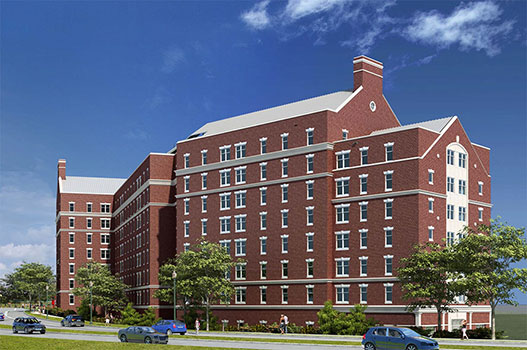 At Central Connecticut State University in New Britain, there is a Fall 2015 target date for completion of a new on-campus residence hall and food services dining facility. That will follow by just two years the opening of a major new classroom building on the CCSU campus. The four-story academic building houses classes and faculty offices for the sociology, history, anthropology, geography and political science departments, according to university officials. It includes 17 classrooms, five seminar rooms, seven labs and 71 offices for faculty and administrators. Now completing construction at the corner of Harold Lewis Drive and Ella Grasso Boulevard, the new $82.3 million, eight-story 220,000 square foot residence hall "will keep CCSU in the vanguard of higher education in operations and facilities," points out CCSU President Jack Miller, noting its ideal fit into the university's strategic plan for the recruitment and retention of new students.
At Central Connecticut State University in New Britain, there is a Fall 2015 target date for completion of a new on-campus residence hall and food services dining facility. That will follow by just two years the opening of a major new classroom building on the CCSU campus. The four-story academic building houses classes and faculty offices for the sociology, history, anthropology, geography and political science departments, according to university officials. It includes 17 classrooms, five seminar rooms, seven labs and 71 offices for faculty and administrators. Now completing construction at the corner of Harold Lewis Drive and Ella Grasso Boulevard, the new $82.3 million, eight-story 220,000 square foot residence hall "will keep CCSU in the vanguard of higher education in operations and facilities," points out CCSU President Jack Miller, noting its ideal fit into the university's strategic plan for the recruitment and retention of new students.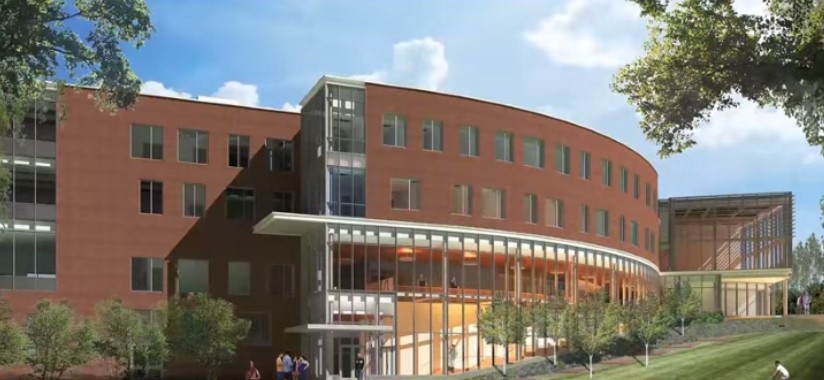 Opening this fall on the campus of Eastern Connecticut State University in Willimantic is a Fine Arts Instructional Center - a 118,000 square foot building that will contain three main performance venues; an auditorium; a procenium theater and a black box theater. In addition to the performance spaces there will be instructional labs and other spaces in support of the Performing Arts Department. There will be design studios for the Visual Arts Department including Printmaking, Sculpture, Painting and Drawing. The building will also have three general purpose classrooms and a gallery. Construction has been underway for the past two years.
Opening this fall on the campus of Eastern Connecticut State University in Willimantic is a Fine Arts Instructional Center - a 118,000 square foot building that will contain three main performance venues; an auditorium; a procenium theater and a black box theater. In addition to the performance spaces there will be instructional labs and other spaces in support of the Performing Arts Department. There will be design studios for the Visual Arts Department including Printmaking, Sculpture, Painting and Drawing. The building will also have three general purpose classrooms and a gallery. Construction has been underway for the past two years.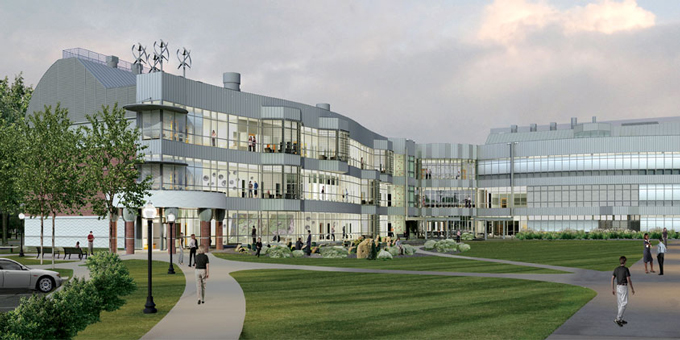 The next major opening among the CSCU institutions will likely be a Science and Laboratory Building at Southern Connecticut, due later this year. Southern's ongoing expansion of its science programs will be greatly enhanced with the construction of a 103,608-square-foot, four-level academic and laboratory science building. Situated adjacent to Jennings Hall, the current home for the sciences, the new building will enhance the ongoing expansion of Southern’s science programs and the university’s capacity to educate more students in the STEM disciplines – science, technology, engineering and mathematics.
The next major opening among the CSCU institutions will likely be a Science and Laboratory Building at Southern Connecticut, due later this year. Southern's ongoing expansion of its science programs will be greatly enhanced with the construction of a 103,608-square-foot, four-level academic and laboratory science building. Situated adjacent to Jennings Hall, the current home for the sciences, the new building will enhance the ongoing expansion of Southern’s science programs and the university’s capacity to educate more students in the STEM disciplines – science, technology, engineering and mathematics.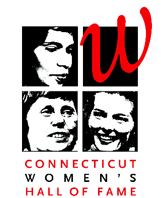
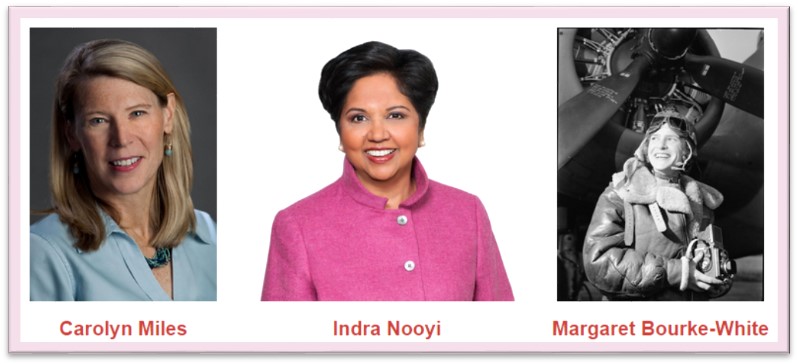 The global Save the Children movement currently serves over 143 million children in the US and in more than 120 countries.
The global Save the Children movement currently serves over 143 million children in the US and in more than 120 countries. 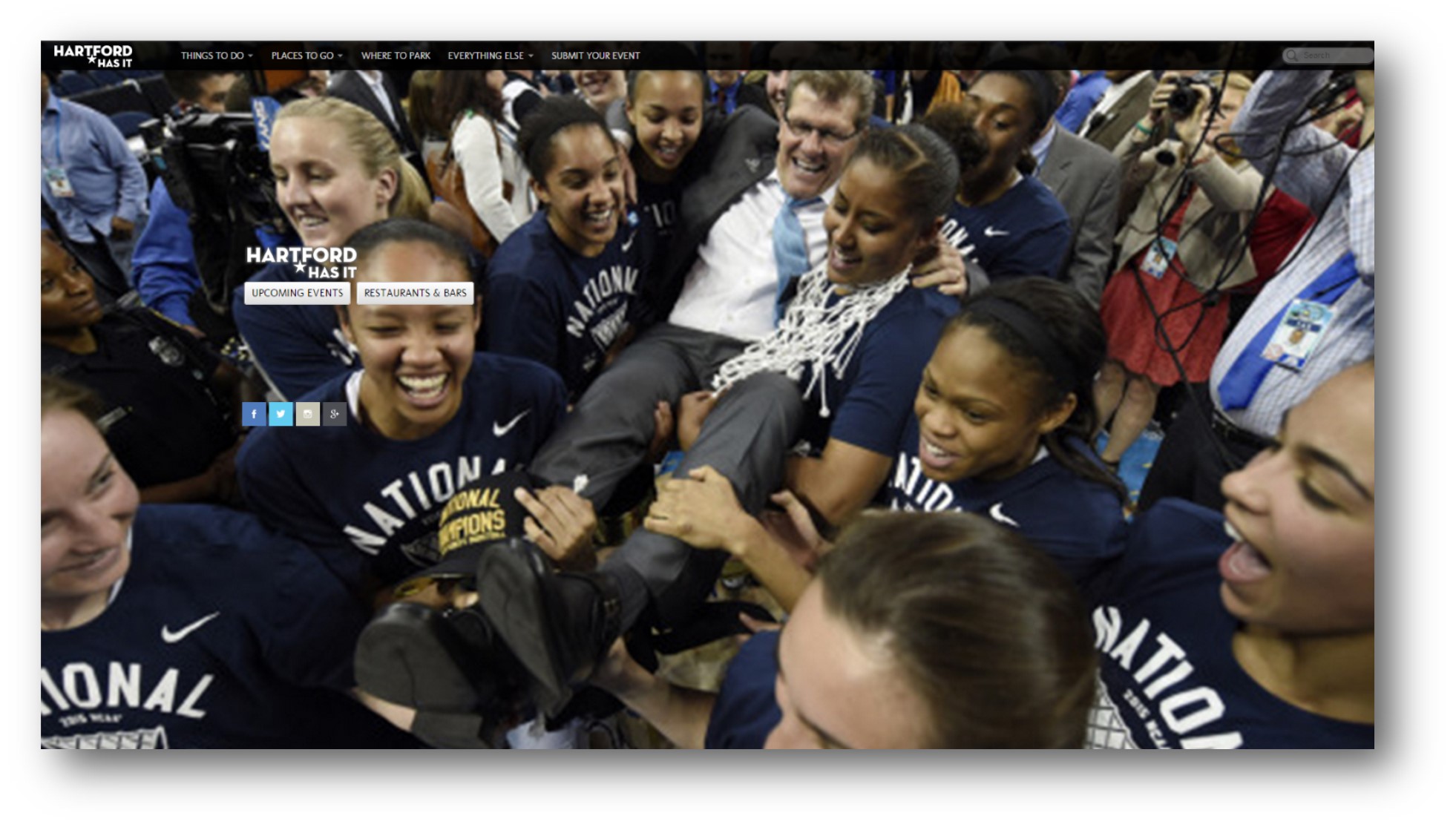
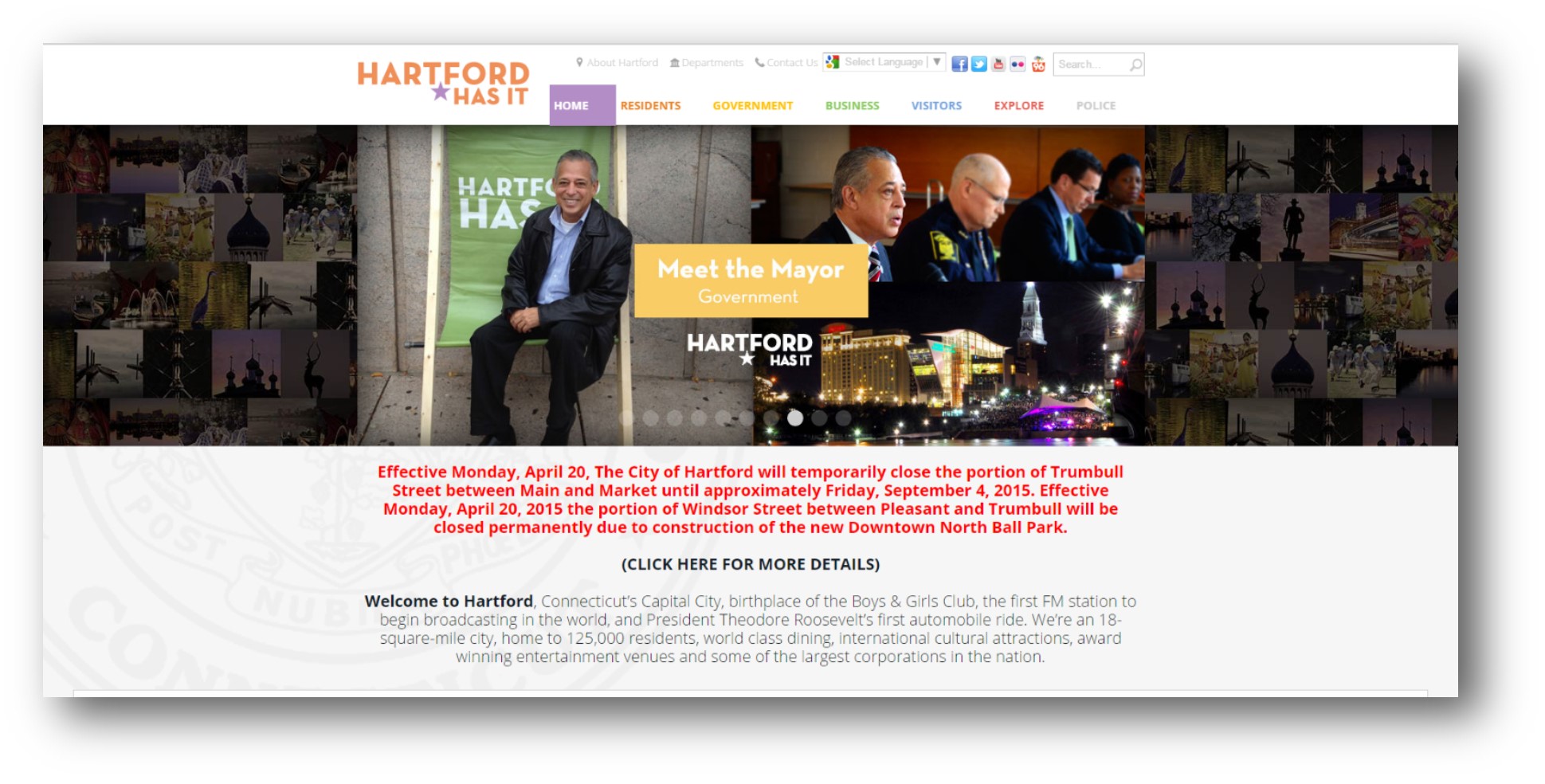
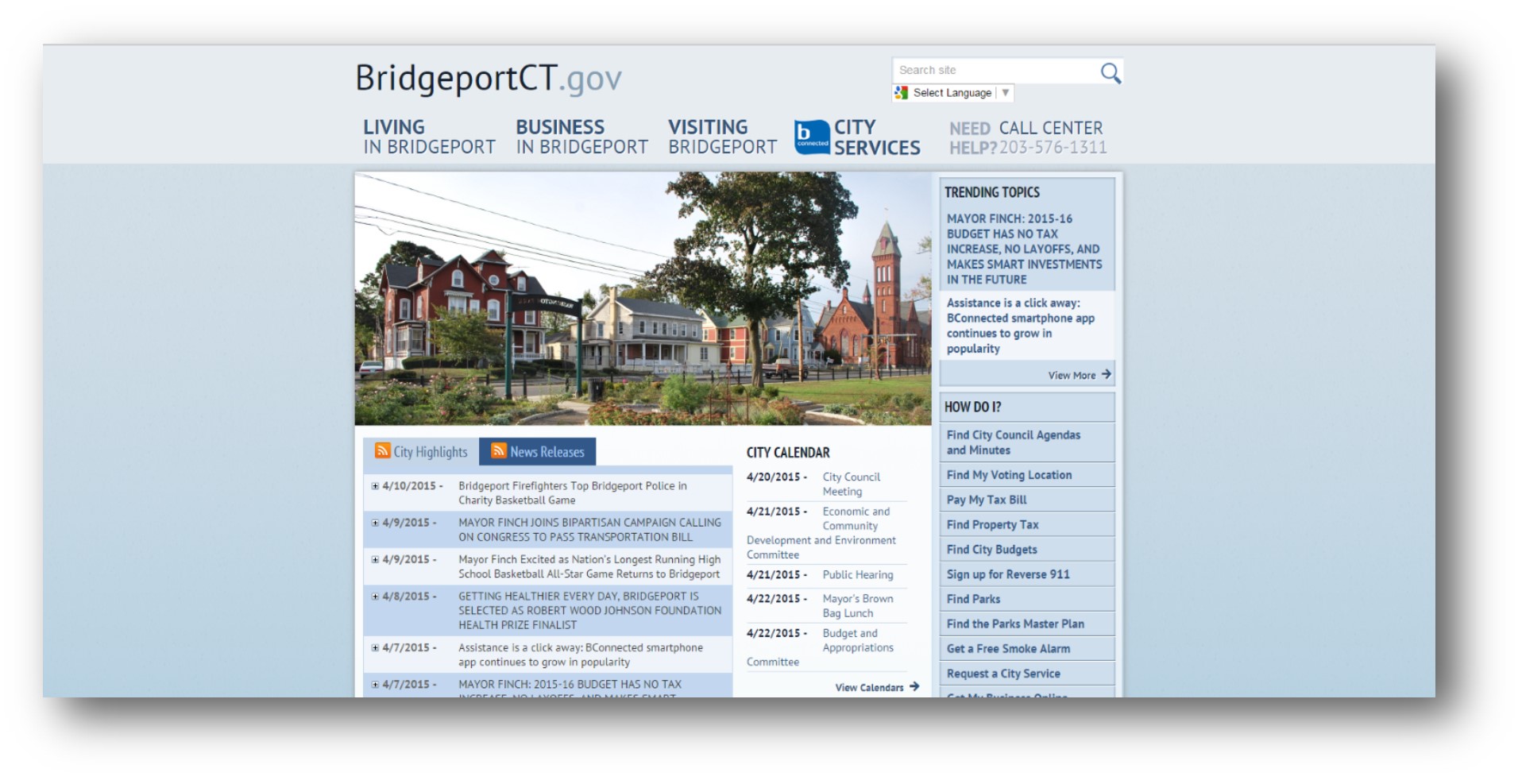
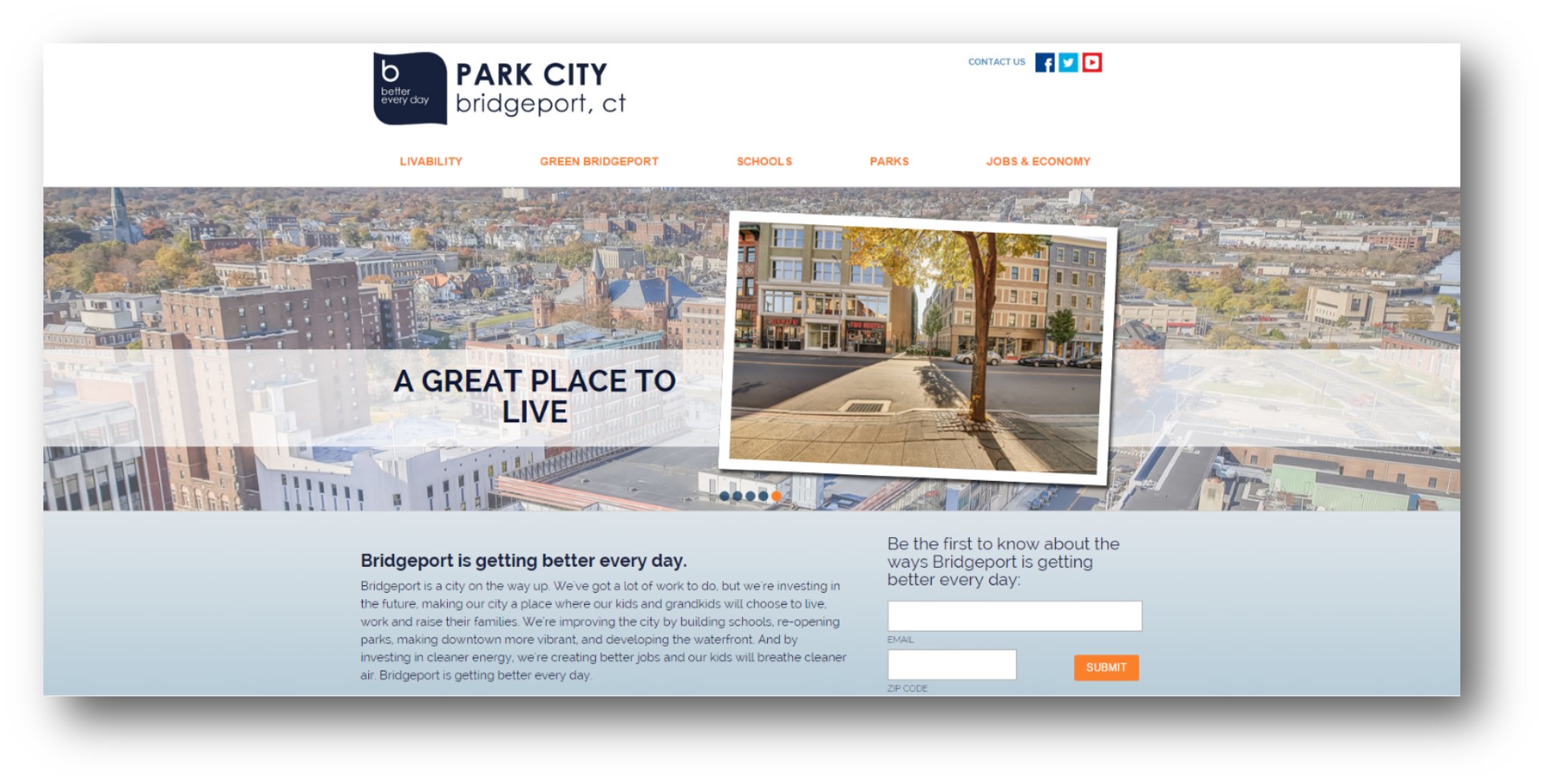
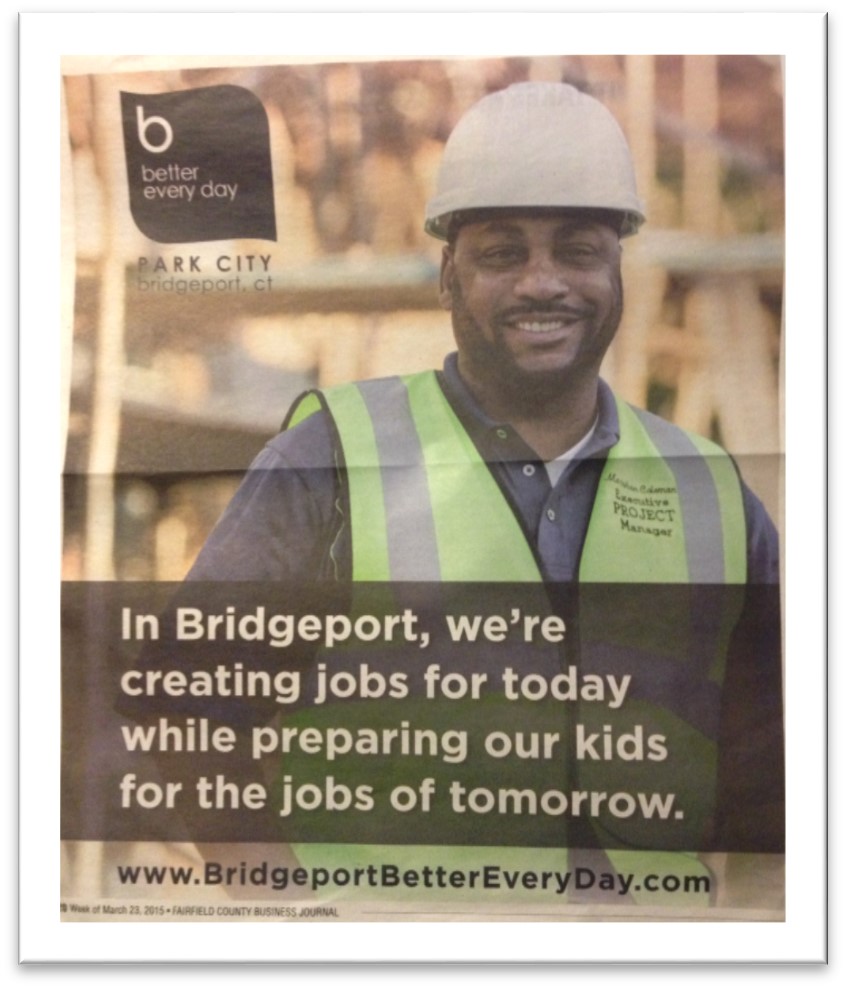
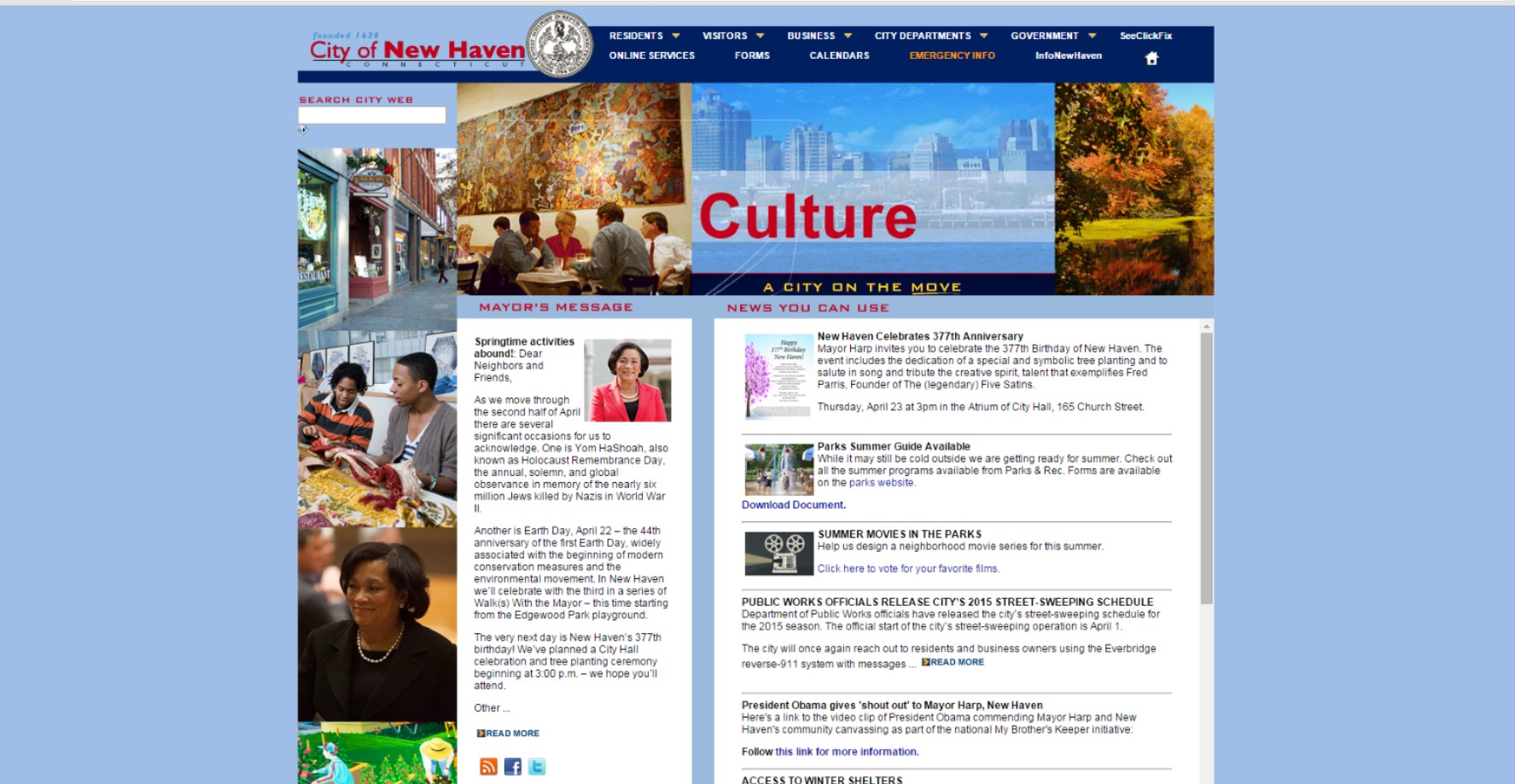




 Gary Shapiro, president and CEO of CEA, said “The future of growth and economic prosperity in this country is most vibrant in places where policies and political climates serve to unleash the entrepreneurial spirit and can-do attitude that is part of our American DNA. Our hope is that states will use our Scorecard as a measurable guidepost to improve their policies supporting innovation.”
Gary Shapiro, president and CEO of CEA, said “The future of growth and economic prosperity in this country is most vibrant in places where policies and political climates serve to unleash the entrepreneurial spirit and can-do attitude that is part of our American DNA. Our hope is that states will use our Scorecard as a measurable guidepost to improve their policies supporting innovation.”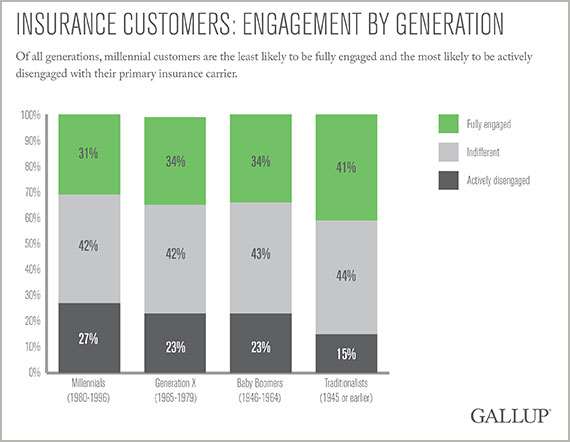

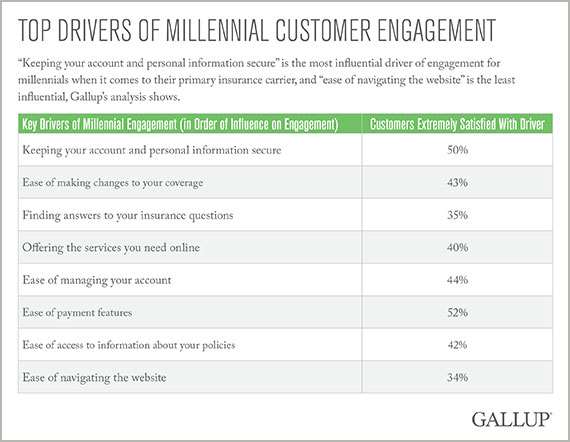 According to a study by the U.S. Public Interest Research Group, Americans are driving fewer total miles today than eight years ago, and driving fewer miles per person than we did in 1996. It is a reversal after decades of steady growth.
According to a study by the U.S. Public Interest Research Group, Americans are driving fewer total miles today than eight years ago, and driving fewer miles per person than we did in 1996. It is a reversal after decades of steady growth. st over 80 percent, according to a University of Michigan study, the website noted. If you don’t own a car, you don’t need car insurance.
st over 80 percent, according to a University of Michigan study, the website noted. If you don’t own a car, you don’t need car insurance. The top 1 percent in Connecticut saw incomes grow by 35 percent between 2009 and 2012, while the bottom 99 percent of Connecticut taxpayers saw average real income growth decline by 5.4 percent during the same period, according to the report. In fact, the states in which all income growth between 2009 and 2012 accrued to the top 1 percent include not only Connecticut, but Delaware, Florida, Missouri, South Carolina, North Carolina, Washington, Louisiana, California, Virginia, Pennsylvania, Idaho, Massachusetts, Colorado, New York, Rhode Island, and Nevada.
The top 1 percent in Connecticut saw incomes grow by 35 percent between 2009 and 2012, while the bottom 99 percent of Connecticut taxpayers saw average real income growth decline by 5.4 percent during the same period, according to the report. In fact, the states in which all income growth between 2009 and 2012 accrued to the top 1 percent include not only Connecticut, but Delaware, Florida, Missouri, South Carolina, North Carolina, Washington, Louisiana, California, Virginia, Pennsylvania, Idaho, Massachusetts, Colorado, New York, Rhode Island, and Nevada.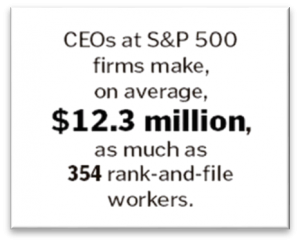
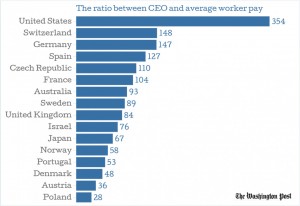
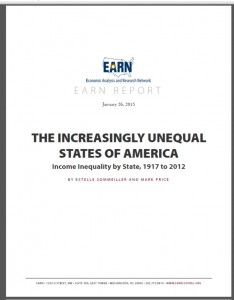
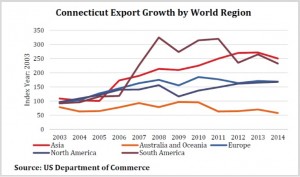

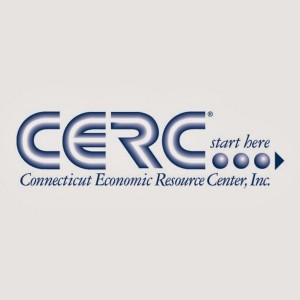 CERC is a nonprofit corporation and public‐private partnership that provides clients with objective research, marketing and economic development services. The organizations mission is to “provide services consistent with state strategies, leveraging Connecticut’s unique advantages as a premier business location.”
CERC is a nonprofit corporation and public‐private partnership that provides clients with objective research, marketing and economic development services. The organizations mission is to “provide services consistent with state strategies, leveraging Connecticut’s unique advantages as a premier business location.”
